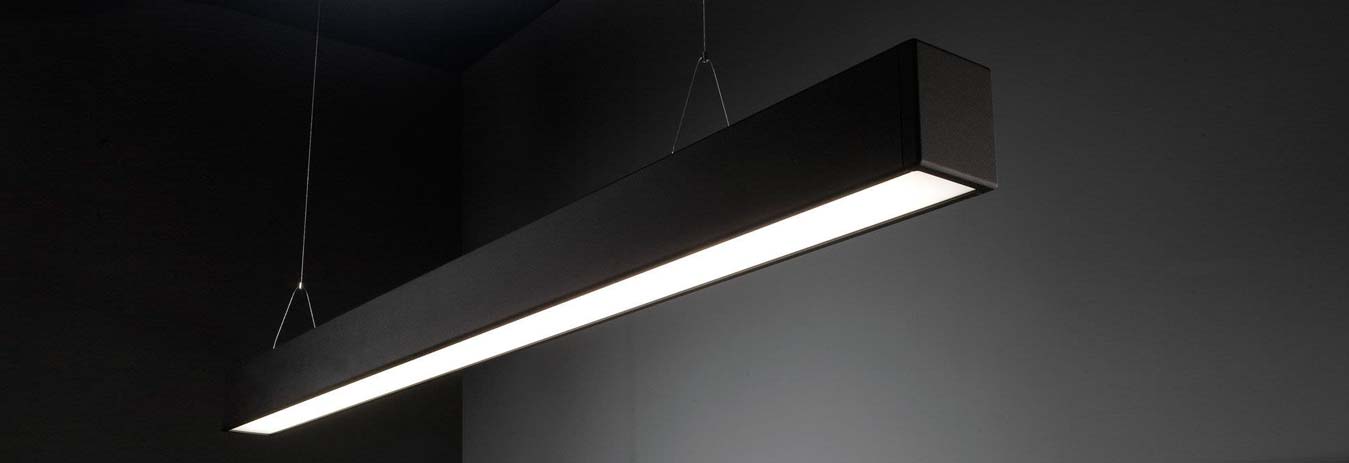Life Style
The differences between Cool Daylight, Cool White light & Warm White light
The differences between cool daylight, cool white light, and warm white light primarily lie in their color temperature and the atmosphere they create. Here’s a breakdown:
1. Cool Daylight (5000K-6500K)
- Color Appearance: Cool daylight mimics natural daylight on a bright, clear day. It’s a bluish-white light that can appear somewhat stark or crisp.
- Best for:
- Workspaces: Areas where you need to stay alert and focused, such as offices, kitchens, or libraries. It can help improve concentration and reduce eye strain.
- Bathrooms (especially for grooming): Bright light for tasks like shaving or makeup application, where clear, high-contrast lighting is important.
- Task Lighting: Perfect for workshops, garages, and areas where detailed work is being done, as it offers high visibility.
- Modern, contemporary settings: If you’re going for a clean, modern look with an industrial vibe, cool daylight light works well.
2. Cool White Light (4000K-5000K)
- Color Appearance: Cool white is still bright but with less of a blue tone compared to cool daylight. It’s a neutral white that’s not as stark as cool daylight but still provides good clarity.
- Best for:
- Offices and Kitchens: It provides good visibility for tasks, but it’s a bit softer than cool daylight, making it more comfortable for long periods of use.
- Retail Spaces: Cool white is often used in commercial settings to provide bright, neutral lighting that isn’t too harsh but still feels clean and modern.
- Living Areas (modern designs): If you have a modern, minimalistic design, cool white light can work well without feeling too warm or too cold.
3. Warm White Light (2700K-3000K)
- Color Appearance: Warm white is more yellow or golden in tone, creating a softer, cozier, and more relaxed atmosphere. It mimics the light of early morning or evening.
- Best for:
- Living Rooms & Bedrooms: Ideal for creating a cozy, inviting, and calming atmosphere for relaxation.
- Dining Rooms: Warm white light enhances the ambiance of a meal and makes food appear more appealing.
- Accent Lighting: If you’re highlighting decor or architectural features, warm white light adds a soft, flattering glow that creates intimacy.
- Hospitality Settings: Hotels or restaurants often use warm white light to create a comfortable, welcoming environment.
Summary of Differences:
- Cool Daylight (5000K-6500K): Bright, bluish-white light, ideal for areas where you need to stay alert or perform tasks that require high visibility.
- Cool White Light (4000K-5000K): Neutral, clean white light, great for functional spaces like offices, kitchens, and retail spaces where brightness is needed but without the harshness of cool daylight.
- Warm White Light (2700K-3000K): Soft, golden light, perfect for creating cozy, inviting, and relaxed atmospheres in living rooms, bedrooms, and dining areas.
